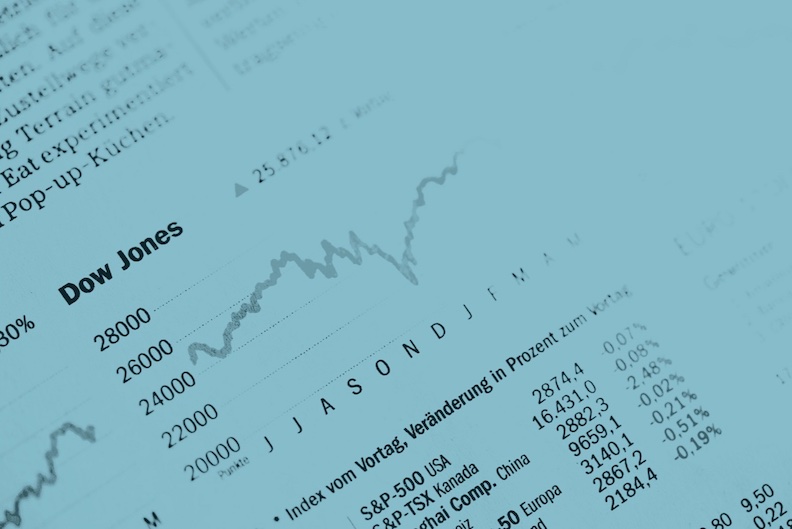What is it about?
Sports science and training metrics inform athletes on their progression toward a competitive goal. New technology now enables such data to be collected during race-pace training efforts in racehorses. Few studies have reported outcomes such as race-day performance. Here, fitness trackers recorded race-pace training efforts of 485 racehorses over 3418 training sessions at a single yard in Australia. Colts and ‘stayers’, generally performed better than fillies. Certain aspects of ‘fitness’ as recorded during training did associate/predict better race performance, but the effect sizes were relatively small; for example, higher speed over the last 600m of a standardised timed-trial in training did predict (P = 0.04) those horses that performed better in races.
Featured Image

Photo by Keith Luke on Unsplash
Why is it important?
Combining training metrics with less tangible, experiential factors from racehorse trainers or other personnel will help aid decision-making on placing horses in races and potentially reduce the incidence of poor performance on race-day
Perspectives
The study demonstrates that in-training racehorse physiological data contributes, to some extent, to performance prediction in racehorses. Of all aspects tested, there was a slight indication that the finish speed was predictive of race performance. Such a hybrid approach using data along with experience may contribute to a better selection of horses in suitable races and improve overall health and welfare on the track.
Professor David S Gardner
University of Nottingham
Read the Original
This page is a summary of: Cardiovascular Fitness and Stride Acceleration in Race-Pace Workouts for the Prediction of Performance in Thoroughbreds, Animals, April 2024, MDPI AG,
DOI: 10.3390/ani14091342.
You can read the full text:
Contributors
The following have contributed to this page







